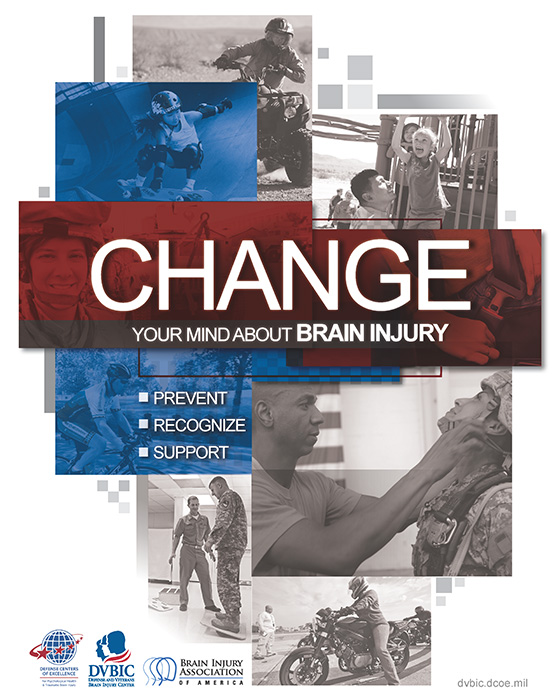Brain Health Under the Microscope in March

"This is the time to be talking about traumatic brain injury," said Dr. Tamara Crowder, rifling through a key set of files on her computer.
Crowder, the Neurotrauma and Traumatic Brain Injury portfolio manager with the Combat Casualty Care Research Program, explained that a recent spike in brain injury awareness by both the federal government and the general public has led to an increase in scholarly research within the field.
"This is what people are talking about," said Crowder, regarding the visibility boost such efforts have received during this year's National Brain Injury Awareness Month, observed annually in March.
Government statistics show that while KIA deaths caused by hemorrhage have dropped significantly over the past decade, deaths caused by TBI have not followed suit. Statistics also show that neurotrauma is the second leading overall cause of death on the battlefield.
According to Crowder, current hot topics in TBI include blast-related TBI and repeated concussive and sub-concussive events. In addition, studies are currently underway to evaluate the long-term effects of occupational blast exposure and a possible link to increased risk of Chronic Traumatic Encephalopathy. Crowder also points to other in-depth efforts as being integral to the future of brain injury research.
The recently-completed Progressive Return to Activity guidelines were developed following a comprehensive review of available concussion research. The PRA outlines a standardized, progressive return to activity following an incident of mTBI. The PRA's codified daily medical assessments were initiated at the request of the Army to develop a standardized protocol that could be adopted at all Concussion Care Centers in Iraq and Afghanistan.
"The brain and brain injuries are complex," said Crowder of the reasoning behind the PRA effort. "The recovery process can vary among individuals. It's not like breaking your arm where the cast stays on for a prescribed period of time or until the bone has healed. It's hard to tell what brain region 'or regions' were most affected by the impact, and when healing is complete.'
Meanwhile, the ongoing TBI Endpoints Development study integrates the existing data sets from thousands of TBI patients into a singular "Metadataset" that will be analyzed to identify effective clinical outcome assessments and biomarkers for TBI.
Crowder added, "Progress has been made in the TBI field, but there is more work to be done."














